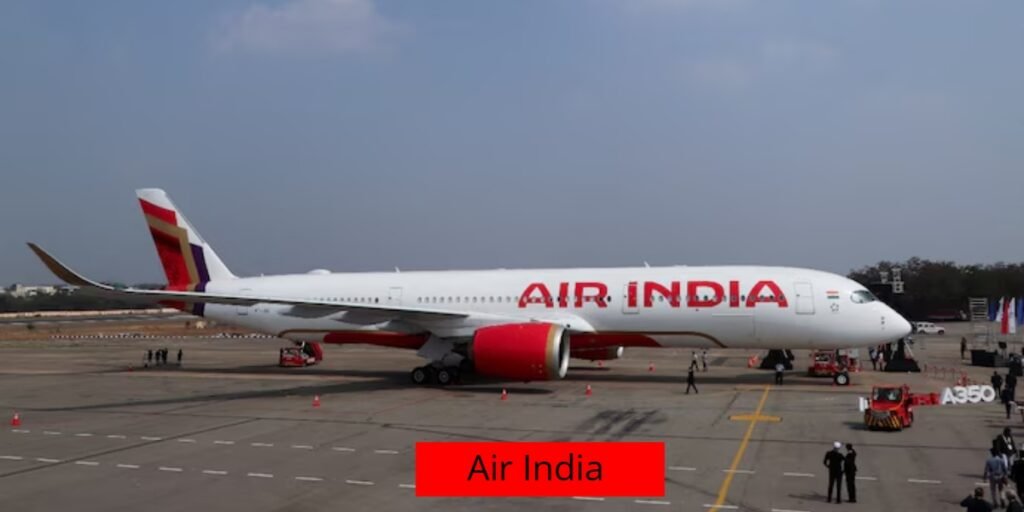WEBDESK: A devastating air crash involving an Air India passenger jet has claimed 260 lives in just 98 seconds, with an initial report raising alarming concerns over India’s aviation safety standards and Air India’s operational management.
Air India crash: grim reminder of India’s aviation safety crisis
On 12th June, flight AI171, a Boeing 787-8 Dreamliner operated by Air India, took off from Ahmedabad bound for London. However, just 98 seconds after departure, the aircraft plummeted to the ground, crashing before it could even clear the airport perimeter fence. All 241 people on board, including crew members, and 19 people on the ground were killed. Miraculously, one person survived.
India’s Aircraft Accident Investigation Bureau (AAIB) has now released a 15-page preliminary report into the tragedy. The findings have fuelled growing criticism towards India’s aviation authorities and Air India’s handling of flight safety.
Air India Crash: Fuel Supply Cut-Off Triggered Disaster
According to the report, both engines of the aircraft shut down mid-air after the fuel supply was cut off only seconds into the flight. Shockingly, the fuel cut-off switches were moved from “RUN” to “CUTOFF” mode shortly after take-off, immediately shutting down both engines and leaving the aircraft powerless.
The cockpit voice recorder captured a chilling exchange between the pilots during the final moments. One pilot asked the other: “Why did you cut the fuel?” to which the reply came: “I didn’t!”
This exchange has led to serious speculation about whether this catastrophic event was caused by a human error or a severe technical malfunction.
As a last emergency measure, the aircraft’s Ram Air Turbine (RAT) deployed automatically a device that only activates when a plane loses all electrical and hydraulic power. This confirmed that both engines had completely failed, rendering all systems inoperative.
While the pilots attempted to switch the fuel back to “RUN” mode, one engine showed minor recovery. However, by then it was too late. The aircraft had lost speed and altitude, and within seconds, crashed into the ground.
Air India Crash: Was It Human Error or System Failure?
Investigators remain divided. On the technical side, experts are questioning how both fuel cut-off switches could move to “CUTOFF” so soon after take-off. A possible system glitch is being considered, especially as RAT’s early activation is a warning sign of a complete systems collapse.
From a human perspective, concerns have been raised over why such a critical mistake if human was not immediately corrected. Aviation specialists are asking how trained Air India pilots could have committed such a grave error, and why the cockpit failed to react quickly enough to avoid disaster.
Air India and Boeing’s Evasive Silence
Despite the report’s shocking details, Air India has refused to directly comment on the findings, stating that the incident remains under investigation. Boeing, the aircraft’s manufacturer, and GE, the engine supplier, have yet to issue any safety advisories or clarifications.
Critics say this reflects a worrying culture of silence and cover-ups within Indian aviation authorities and Air India itself a national airline repeatedly linked with operational failures and tragic incidents.
Read more: Air India puts passengers at risk again






